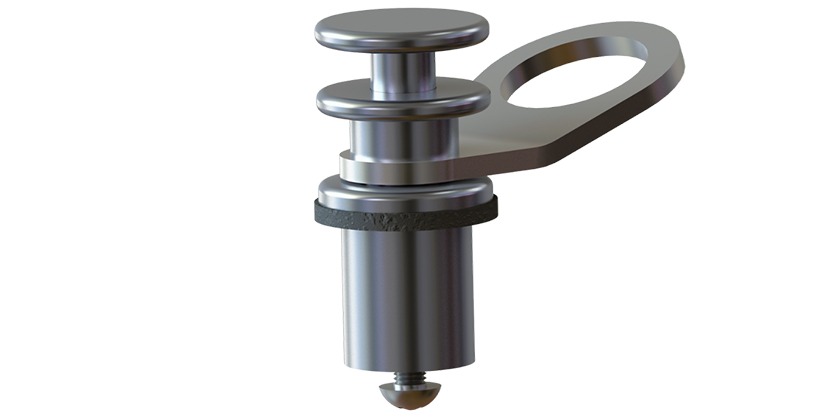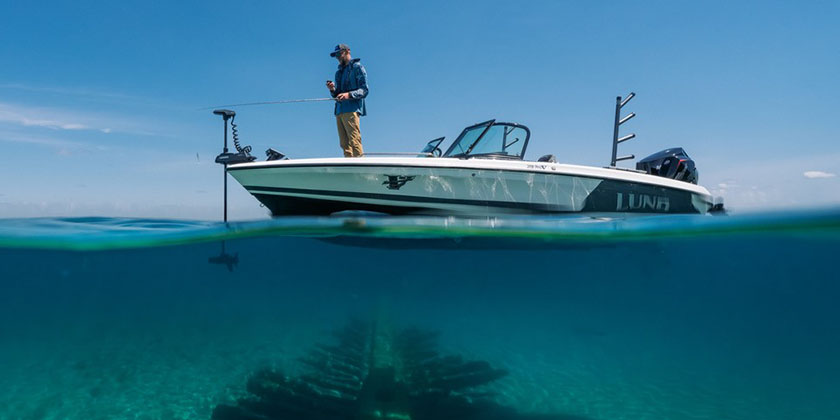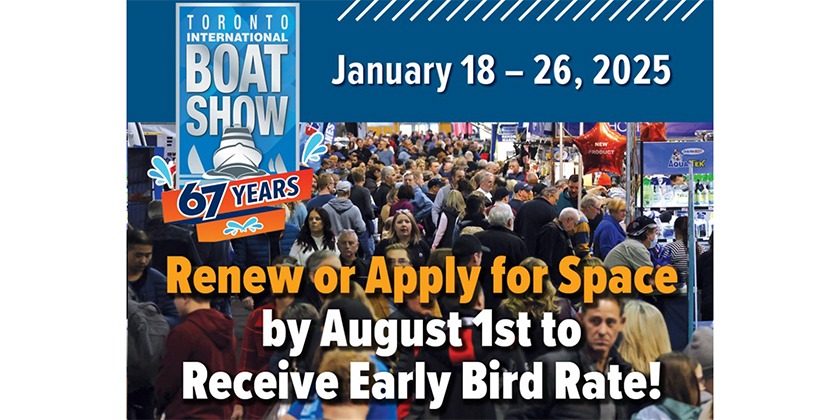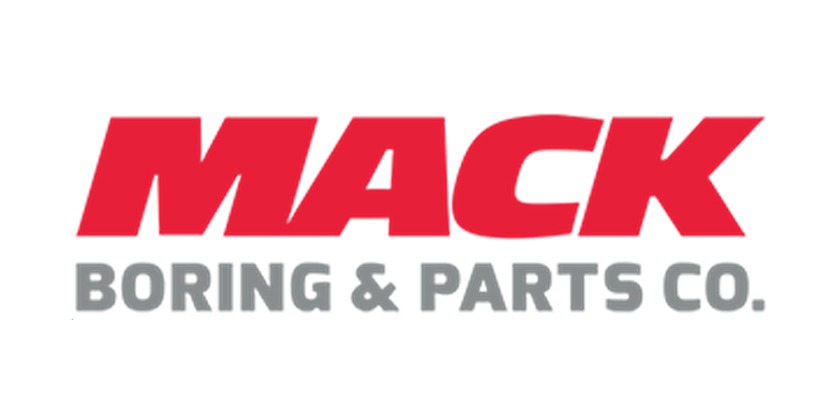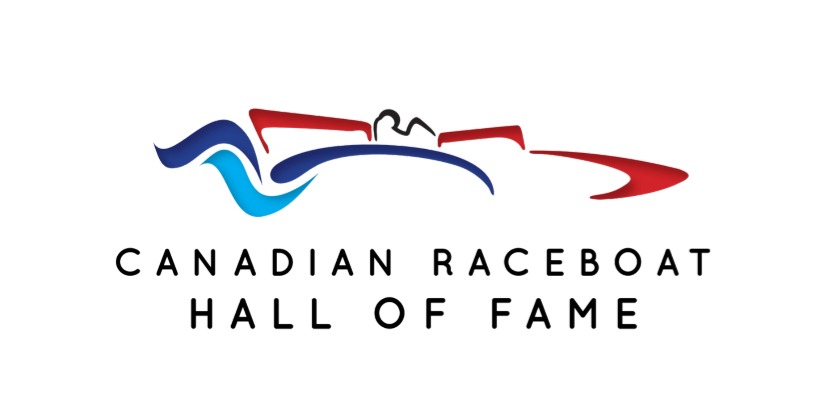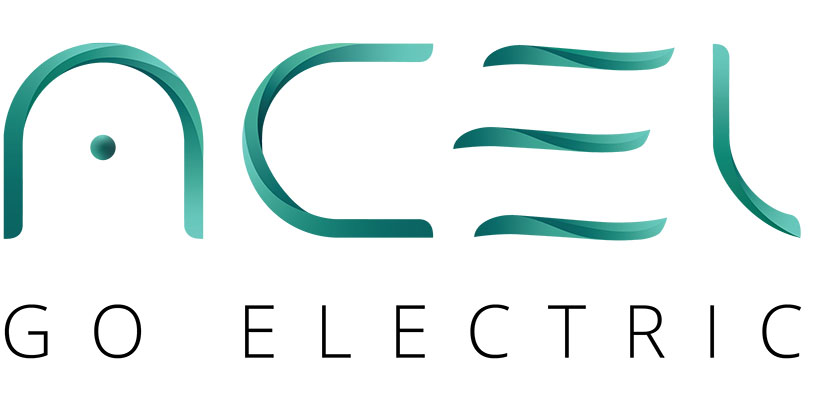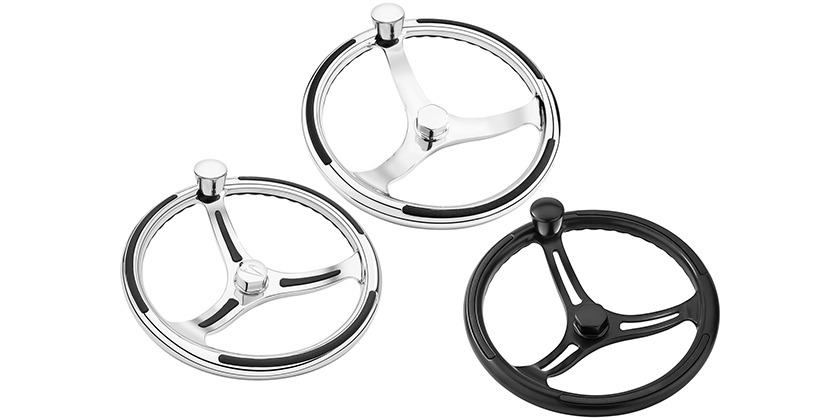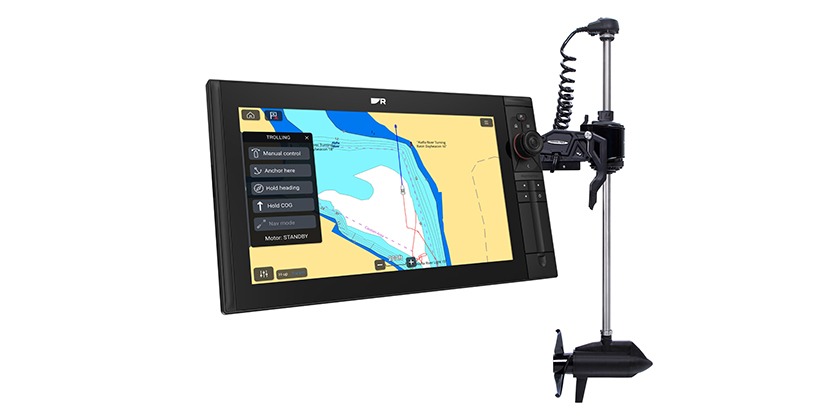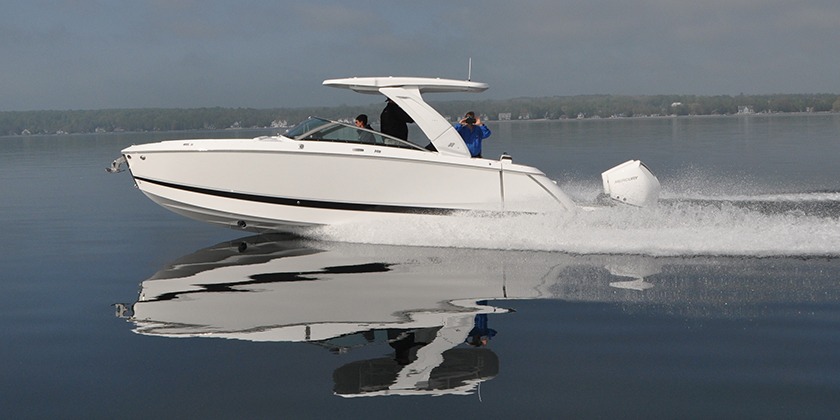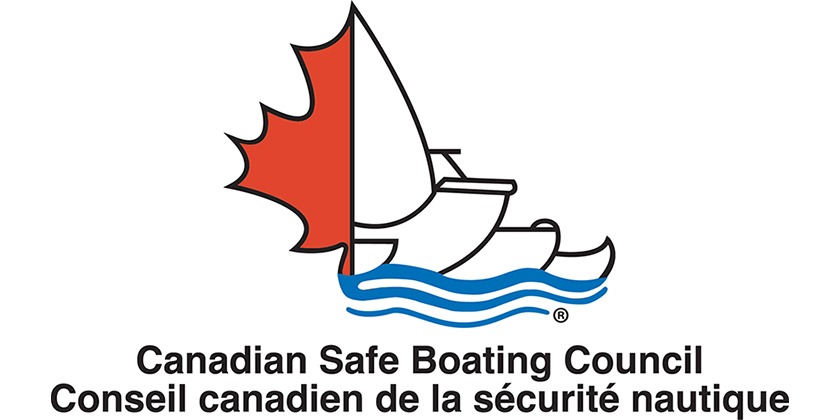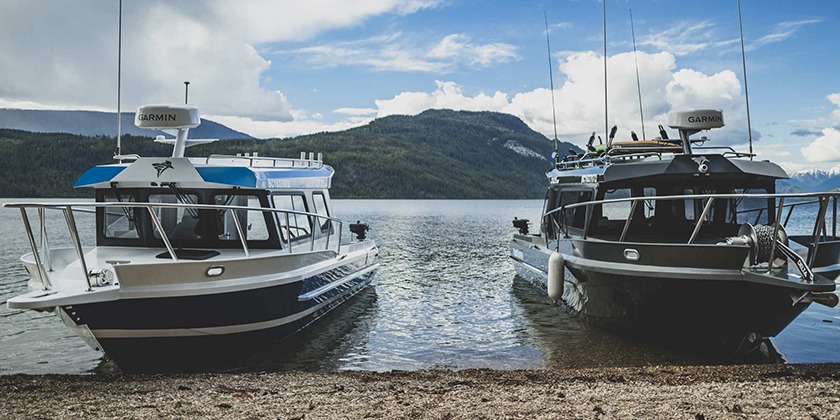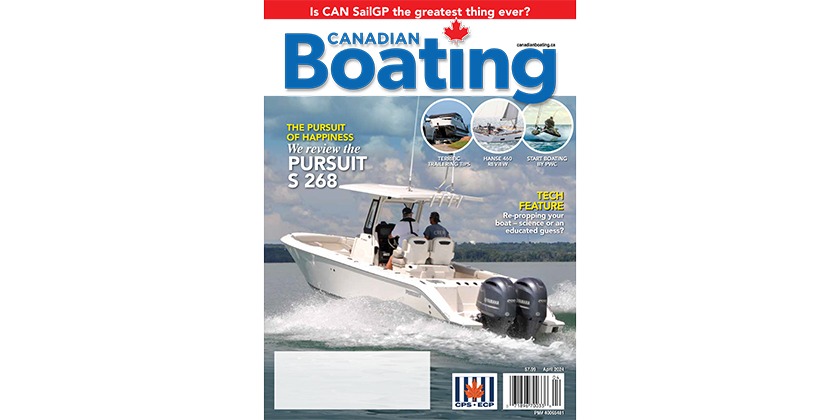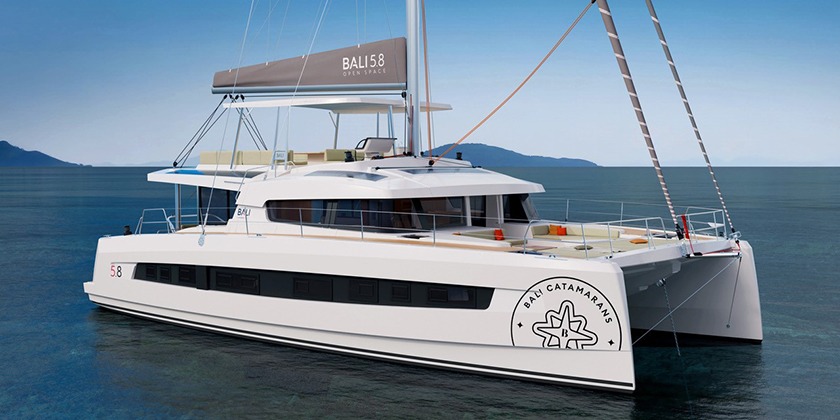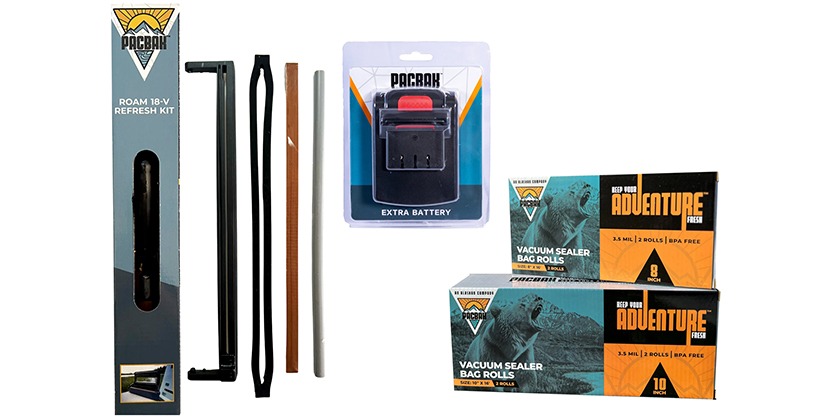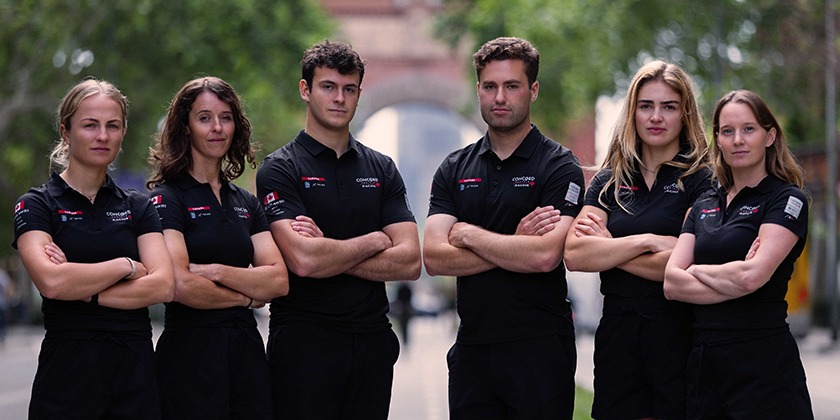Choosing the Right Inflatable Toys for Your Boat
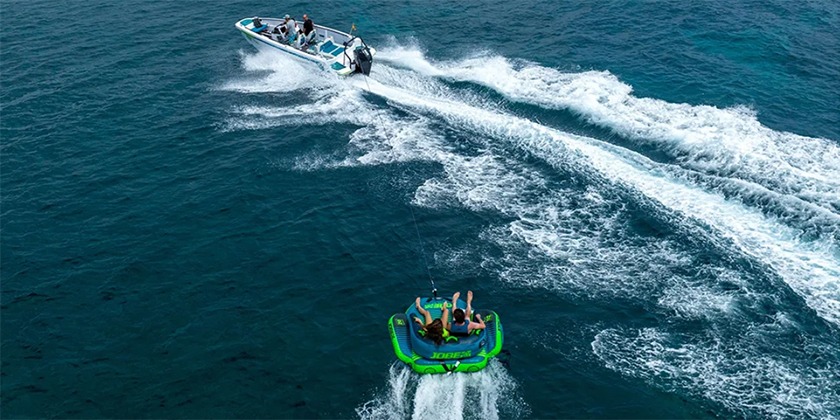
Mar 29, 2024
Jobe Towable being towed by an Axopar powerboat. Photo credit Scanstrut
There are a lot of inflatable water toys out there on the market. To help you narrow down your selection, Scanstrut has put together a handy guide.
From tenders to towables, sofas to slides, paddleboards to pools, donuts to docks there are many air-filled options to enhance your boating experience. Whether you wish to explore places that your yacht, motorboat or RIB cannot reach or you are looking for ways to entertain your kids and guests, there are inflatables for everyone.
Every boat will benefit from an inflatable on board. Some serve practical purposes, such as transporting you and your guests from your anchored or moored boat to the shore, while others are purely for fun and laughter. Certain inflatables keep you out of the water, while others ensure you end up in it. The only drawbacks to inflatables are the processes of inflating, deflating, and stowing them – simplify these, and you’re all set.
Safety First
When venturing onto the water with a tender, SUP or towable, prioritize safety and think about a personal flotation device. For a tender it could be a lifejacket from your boat, for a SUP it could be a belt PFD (Personal Flotation Device), and for towables, a rugged buoyancy aid (such as those designed for wakeboarding or waterskiing) will be needed to prevent it from coming off when you skim across the water like a human pebble. Regardless of your choice, ensure you have a properly fitting device for each person.
How & Where Will You Inflate It
Before you start choosing an inflatable, consider how and where you plan to inflate, deflate and stow it. Most inflatables come with a pump of one type or another, usually a manual foot pump or hand pump. These can often provide entertainment to parents or crew members who are happy to watch a pump skating around a GRP deck while the operator gradually turns different shades of red. Boat owners with teak decks should avoid using these pumps on them unless the deck is protected or a distressed teak deck is a look you aspire to.
When owners realize what a faff manual pumps are, many opt for an electric pump to prevent their inflatable from becoming the nautical equivalent of a ‘must-have’ kitchen gadget – used once then destined to spend the rest of its life at the back of a cupboard. However, not all pumps are made for a salt-laden atmosphere and they often succumb to corrosion.
Electric inflators typically need connecting to the boat’s batteries, which are often under bunks or in hard-to-access places. Therefore it’s crucial to consider the accessibility of your batteries before committing. If you choose a cordless inflator, ensure you keep it charged and remember to attach it with a piece of cord to avoid losing it overboard as your inflatable grows – and yes, we realize the irony of adding some cord to a cordless inflator. The best option is a built-in pump that’s always on hand where and when you need it.
Where Will You Keep Your Inflatable
You may consider an unused cabin as a good home for an inflatable, but lockers and lazarettes are better. To prevent unpacking a slime-covered inflatable with the aroma of mushrooms, it’s best to rinse and thoroughly dry off your inflatable before packing it away. Saltwater is best avoided, it will leave salt crystals as the water evaporates, attracting moisture from the air. Rinsing with freshwater, either on deck or in harbour, reduces the likelihood of encountering fungal fright when you next unpack your inflatable.
Types of Inflatable Toys
Inflatables can be broadly split into three categories: Active, Towable and Static. The choice between them depends on your boat. Active inflatables can be used for travelling and exploring places where the mothership can’t reach. They can be used independently from a yacht, motorboat, RIB or sportsboat. Towable inflatables are, as their name suggests, towed behind motorboats. Statics remain stationary, attached to your boat, providing additional deck space or enhancing your time in the water surrounding your boat.
Active and Practical:
Tenders, Kayaks and Paddleboards
Fast and Fun:
Towables
Relaxing and Static:
Islands, Pools and Slides
For a full guide and more information on choosing an inflatable, CLICK HERE.


